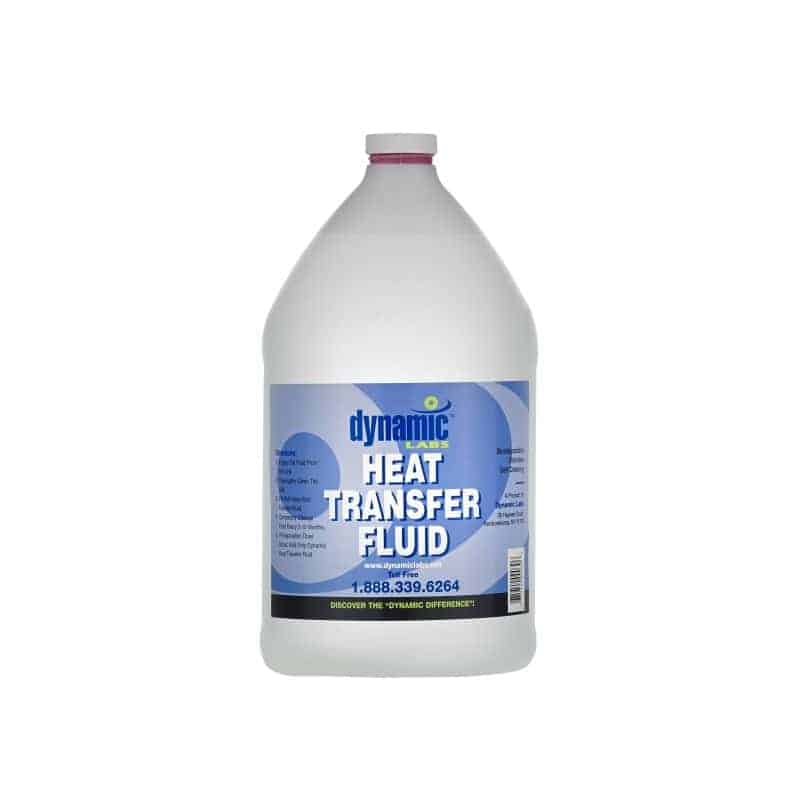Exactly How Heat Transfer Fluid Influences the Efficiency of Heating And Cooling Solutions
Exactly How Heat Transfer Fluid Influences the Efficiency of Heating And Cooling Solutions
Blog Article
Why Heat Transfer Fluid Is Necessary for Optimizing Energy Transfer in Equipment
The duty of warmth transfer liquids in maximizing energy transfer is critical for accomplishing reliable thermal monitoring throughout various industrial industries. These fluids promote smooth warmth exchange, making certain processes operate within optimal temperature varieties and reducing the danger of getting too hot.

Function in Thermal Administration
Warmth transfer liquids play an essential role in thermal administration by efficiently controling temperatures in different commercial procedures and systems. These specialized fluids help with the transfer of heat in between various elements, guaranteeing ideal operating conditions and preventing getting too hot. By preserving exact temperature control, heat transfer liquids make it possible for markets such as chemical manufacturing, oil and gas, and power generation to run safely and efficiently.
The option of an appropriate heat transfer liquid depends on several variables, including thermal stability, warm capacity, and thickness. High thermal stability ensures that the liquid can endure severe temperatures without degrading, while a high warm capacity permits it to take in and launch considerable amounts of warmth - heat transfer fluid. Low thickness minimizes the energy required for pumping, contributing to general system efficiency
In addition, warm transfer fluids are important in applications like refrigeration, where they aid take in and dissipate warmth during the cooling cycle. In solar thermal power systems, these fluids capture and transportation solar heat to produce electrical energy or provide warm water. Their adaptability to varied operating problems and capability to keep constant thermal performance emphasize their value in industrial thermal administration, facilitating operational connection and improving safety procedures.

Enhancing System Effectiveness
To make best use of the benefits of thermal administration, boosting system efficiency through the tactical usage of warmth transfer fluids is critical. By preserving ideal temperature level degrees, warmth transfer fluids assist ensure that systems operate within their made parameters, thus stopping getting too hot and decreasing the threat of component failure.

Kinds Of Warmth Transfer Liquids
The variety of heat transfer liquids emphasizes their crucial function in a variety of industrial applications, each tailored to meet specific thermal monitoring needs. These fluids facilitate effective energy transfer and are selected based on vital homes such as thermal stability, thickness, and warm capability. The primary kinds consist of water, glycol services, oils, and synthetics, each offering distinct benefits.
Water is one of the most typical heat transfer tool because of its high specific warmth capability and low cost. Its use is limited by its cold and boiling points. Glycol combinations, usually utilized in cooling and heating systems, offer a lower cold point, adding convenience in numerous climates. Mineral oils are favored for their thermal security and non-corrosive nature, making them appropriate for high-temperature applications.

Synthetic fluids, including silicone and fragrant compounds, supply outstanding thermal stability and are made use of in atmospheres requiring extreme temperature level ranges. These liquids make sure superior performance in systems where traditional fluids might fail. The selection of a warm transfer fluid is essential, as it affects system efficiency, safety, and durability. Each type needs to be picked to straighten with the operational demands and the specific conditions of the application it serves.
Environmental and Economic Conveniences
Utilizing the appropriate heat transfer fluids uses considerable ecological and financial benefits for industrial operations. By picking liquids with remarkable thermal stability and high heat capacity, sectors can improve energy efficiency, leading to lowered gas usage and lower greenhouse gas exhausts. This adds to a smaller carbon heat transfer fluid impact and straightens with worldwide sustainability goals. Environmentally pleasant warmth transfer fluids, typically naturally degradable and non-toxic, minimize the risk of dirt and water contamination in case of leaks or spills, therefore shielding environments and following rigorous ecological regulations.
Financially, the appropriate warmth transfer liquid can dramatically lower functional prices. Liquids with prolonged lifecycle efficiency reduce the regularity of replacements and upkeep, minimizing downtime and connected prices. On the whole, the critical use of optimal heat transfer liquids supports lasting financial growth and environmental stewardship.
Selecting the Right Liquid
How does one navigate the intricate process of choosing the best warm transfer liquid for commercial applications? Picking the suitable liquid is crucial, as it straight influences system performance, safety, and functional costs. Secret considerations include thermal stability, compatibility with system products, and operating temperature array. Thermal stability makes sure the fluid can stand up to heats without breaking down, while compatibility prevents rust or various other harmful responses with the original source system components. The operating temperature array must line up with the system's needs to maintain efficiency and long life - heat transfer fluid.
Additionally, the liquid's heat capacity and thickness are vital. A high warm ability allows the liquid to More hints absorb and transfer even more energy, improving efficiency. Optimal thickness makes certain minimal pump work and efficient warmth transfer, specifically in varying temperatures. Environmental and security facets should also become part of the decision-making process. Safe, eco-friendly liquids lower ecological effect and follow regulative requirements, lessening obligation dangers.
Verdict
The calculated choice and application of warm transfer fluids are fundamental to optimizing power transfer throughout different systems. By making certain high thermal stability and capacity, these fluids give specific temperature level control and improve general system effectiveness. This optimization adds to minimized functional costs and reduced greenhouse gas exhausts, therefore promoting sustainability. The selection of liquid, customized to details thickness and functional demands, is vital for maximizing efficiency and attaining financial and environmental advantages in industrial procedures.
Report this page